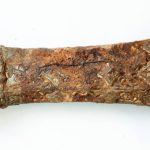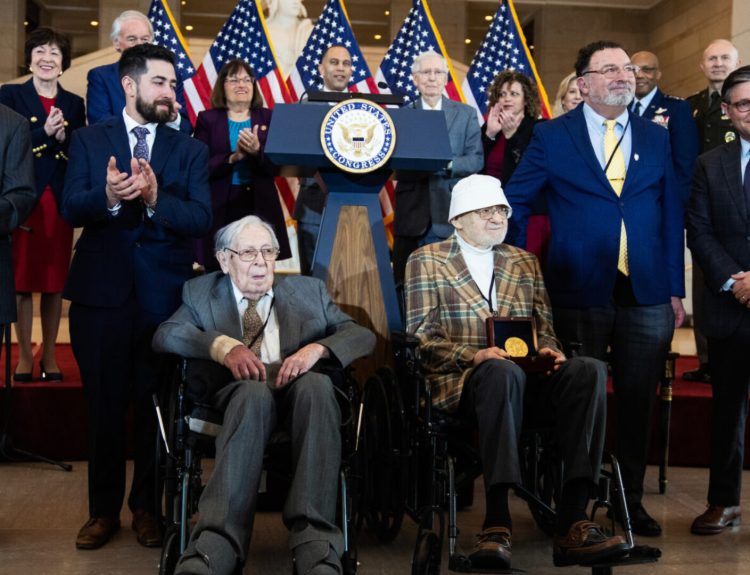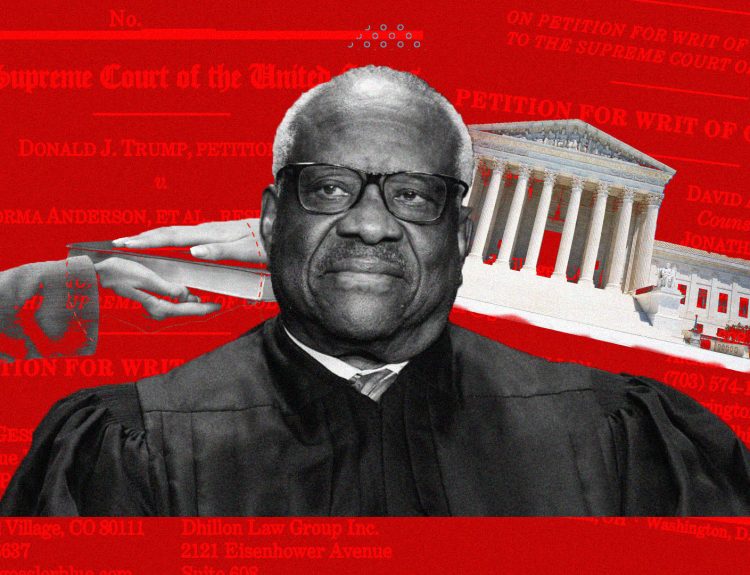Tales of the wild, wild west have become part of America’s lore, and the frontier cities and towns where historic old west events took place have become legendary. But a lot has changed since the days of gunslingers, outlaws, and saloons with batwing doors.
Many of the wild west cities from frontier history have grown up to become bustling, modern metropolises. Despite this, many of the former frontier towns of the old west still embrace their wild and lawless pasts … while staying on the right side of the law! Let’s look at six wild west cities, then and now.
Dodge City, Kansas, Then
During the old west era, Dodge City, Kansas, earned the nickname the “Wickedest Little City in America.” And for good reason. This bustling frontier town was infamous for its lawlessness, gambling, drinking, numerous brothels, and, of course, its cowboy culture. Dodge City was founded in the mid-1800s as a supply depot for several area Army outposts and railroad construction crews, but Dodge City really came into its own as a stopping point for cattle drives from Texas.
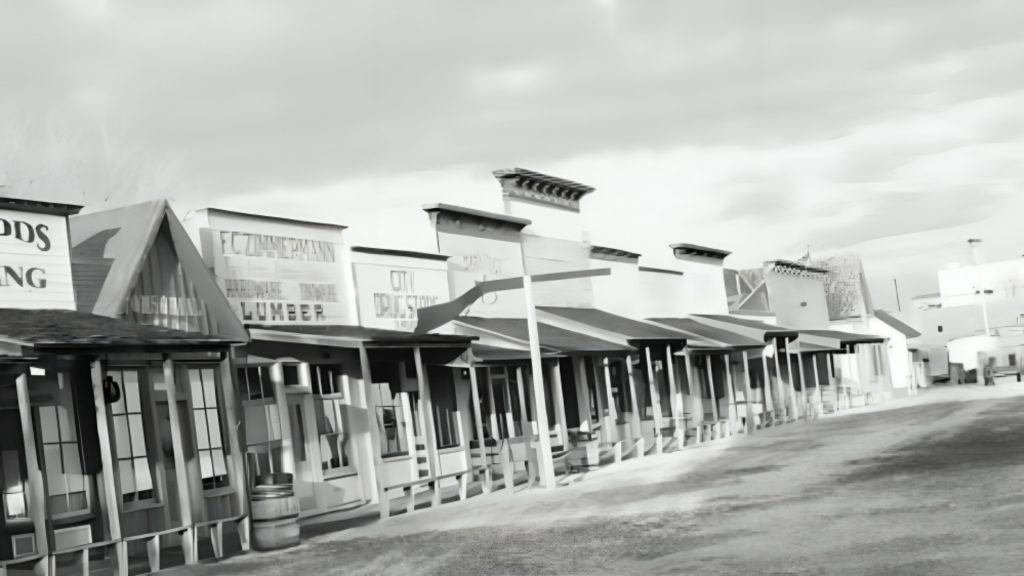
Many of the well-known wild west figures spent time in Dodge City, including Wyatt Earp, Bat Masterson, and Doc Holliday, who served as Dodge City lawmen. But it was a tough job to have. There were gunfights in the street, prostitution was rampant, and gambling and drinking was done in excess. Many a shooting victim were laid to rest in Boot Hill Cemetery in Dodge City.
Dodge City, Kansas, Now
Today, Dodge City, Kansas has evolved into a modern city, although agriculture remains the city’s major industry. There are several large beef and dairy production facilities located there. Dodge City boasts a population of more than 27,700 residents.

Dodge City has not forgotten its roots. Tourists flock to the city to experience a taste of the wild west, making tourism dollars a major factor in the local economy. The Long Branch Saloon is still there, and visitors can see the Boot Hill Museum, the Sante Fe Depot, and the Gunfighters’ Wax Museum.
Tucson, Arizona, Then
The desert town of Tucson, Arizona, was founded in 1775 by an Irish Catholic aristocrat named Hugo O’Connor, however the city reflects the Spanish and Mexican influences. It was a key stop on the mail route; therefore stagecoach and train robberies were not uncommon.
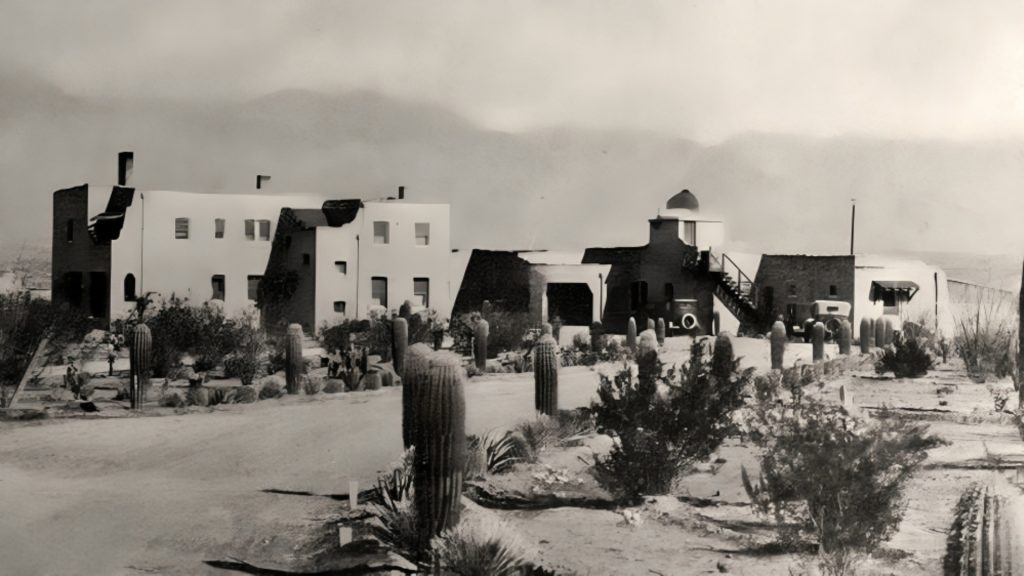
Tucson boomed as a mining town. Prospectors, outlaws, cowboys, and Spanish missionaries all rubbed elbows in the dusty streets of the city. Both Wyatt Earp and Doc Holliday spent time in Tucson and frequented the gambling establishments and saloons that lined the streets.
Tucson, Arizona, Now
A bustling and culturally rich city, today’s Tucson is home to the University of Arizona, Davis-Monthan Air Force Base, and the Kitt Peak National Observatory. With a population of 543,200, Tucson is the second largest city in Arizona, behind Phoenix.
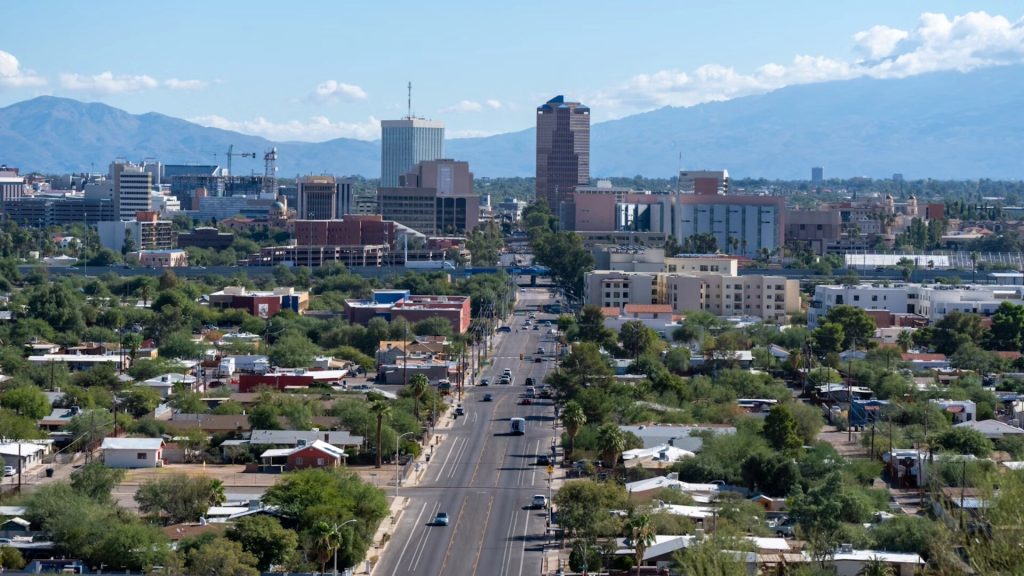
Tucson is a hub for the Union Pacific Railroad and the headquarters for many large corporations. Honeywell Aerospace, Texas Instruments, IBM, Ventana Medical Systems, Intuit, Inc, and Bombardier Aerospace all have sizable offices in Tucson, providing employment opportunities in high-tech fields.
Deadwood, South Dakota, Then
With its lawless reputation, nearby gold mines, and numerous taverns, Deadwood, South Dakota, was a classic example of a rugged and untamed old west frontier town. Deadwood’s population ballooned after the discovery of gold in the Black Hills in the 1870s. Prospectors flocked to the area hoping to strike it rich. On their heels were entrepreneurs hoping to profit from the miners.
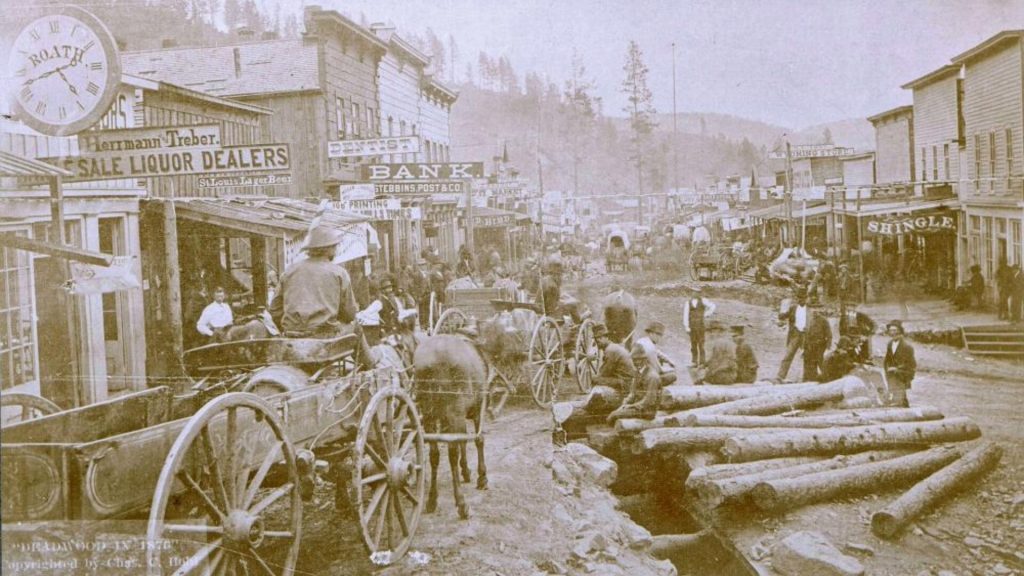
Deadwood was where Wild Bill Hickok made a name for himself as a sharpshooter, scout, hunter, and frontiersman. This was also the home of Calamity Jane, a legendary sharpshooter herself. Deadwood was as rough as they come … dusty, unpaved streets, more brothels than churches, and the ever-looming threat of violent conflicts with the Native American tribes in the area.
Deadwood, South Dakota, Now
After the wild west days were over, Deadwood’s population dwindled. The once-thriving frontier town was in danger of becoming a ghost town. Three tragic fires that swept through the downtown area didn’t help this situation. But you know what did? Gambling! Deadwood became the first small community in the country to petition for the legalization of gambling for historic purposes!
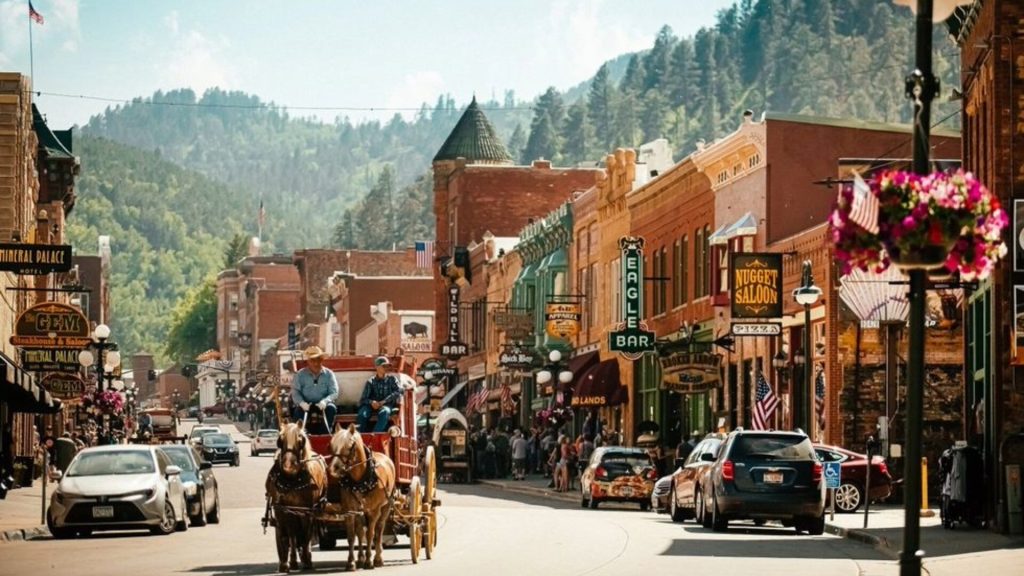
It worked! In 1989, the state approved the request, making gambling legal in Deadwood. The following year, actor Kevin Costner built a casino there. Today, gambling revenues help the city maintain its historic structures.
Denver, Colorado, Then
The 1858 Pike’s Peak Gold Rush turned Denver from a rural outpost into a booming mining camp almost overnight. The promise of gold attracted prospectors, settlers, and traders to the Mile High City in the Colorado Rockies. Men packed the boarding houses, brothels, and saloons, giving Denver a reputation for being a rowdy place.
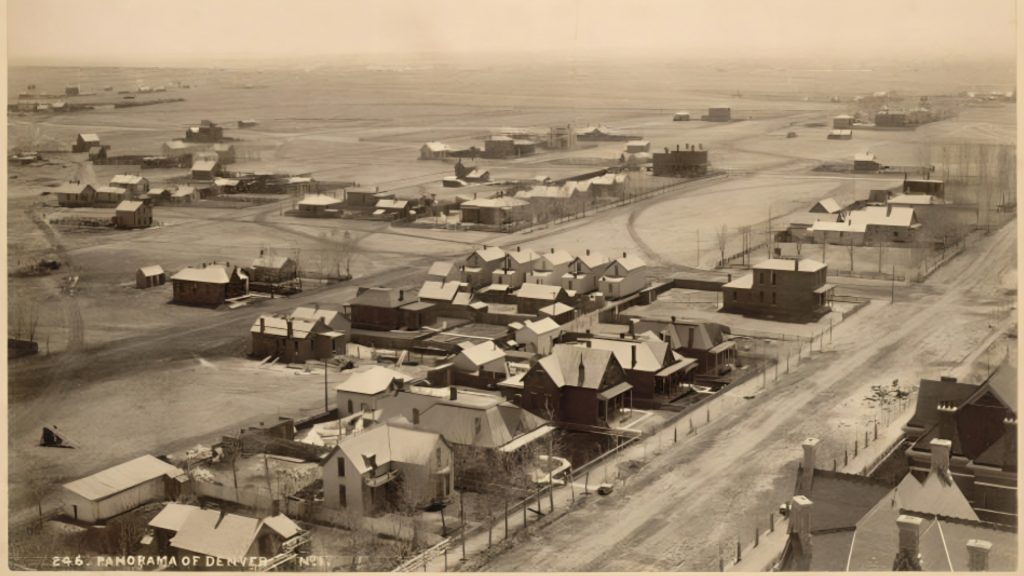
When the railroad arrived in Denver in 1870, it brought more people to the growing city. Many businessmen became wildly wealthy from the trade and commerce opportunities in the frontier town. This helped set the stage for the city’s continued growth.
Denver, Colorado, Today
The Denver, Colorado, of today is one of the more vibrant and dynamic cities in the United States. Its location in the Rocky Mountains means that Denver is a haven for outdoor enthusiasts and adventurers. The city also welcomes sports lovers, especially for its professional teams, the Denver Broncos, Colorado Rockies, Denver Nuggets, and Colorado Avalanche.
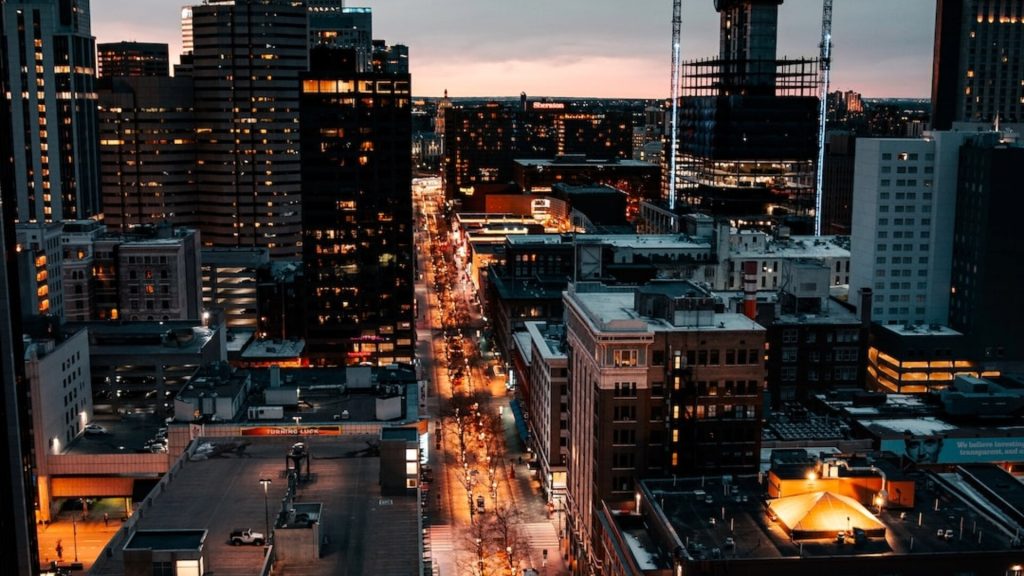
Today’s Denver is home to numerous art galleries, museums, theaters, and concert venues. The Denver culinary scene – top-notch restaurants, craft breweries, distilleries, and coffee houses – add to its appeal. Vestiges of Denver’s wild west past can still be seen throughout the city.
Tombstone, Arizona, Then
Perhaps no other frontier town epitomizes the wild west like Tombstone, Arizona. This iconic frontier town was the location of one of the best-remembered incidents of the old west era – the notorious Gunfight at the O.K. Corral. In 1881, Wyatt Earp, his brothers Virgil and Morgan, and buddy Doc Holliday clashed with local outlaws, brothers Ike and Billy Clanton, their friend Billy Claiborne, and another set of brothers, Tom and Frank McLaury, in the most famous shootout of the era.
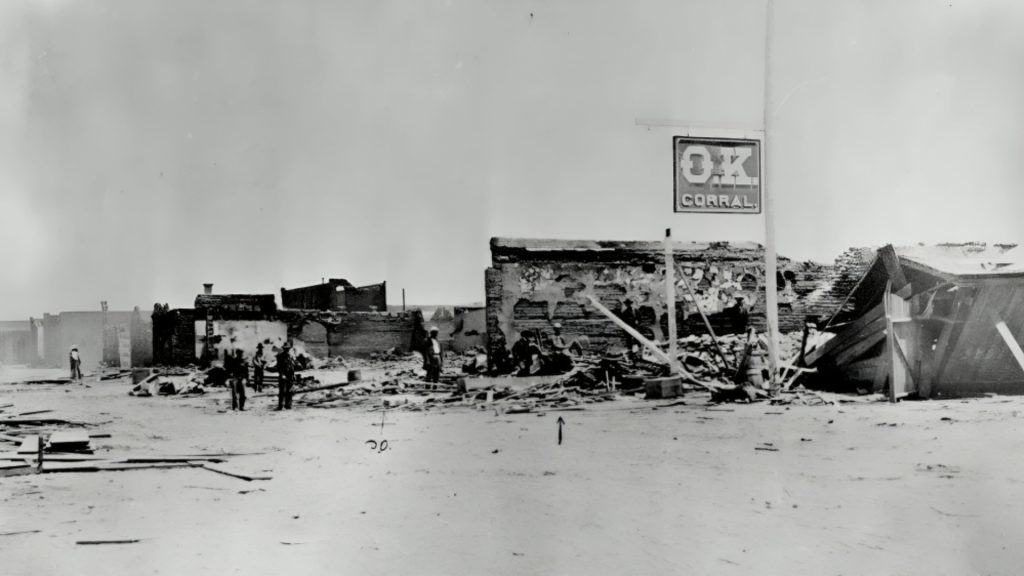
Tombstone was founded in 1879 after silver was discovered in nearby mines. When news of the discovery spread, miners and prospectors flooded the town … along with gunslingers, gamblers, tavern keepers, and prostitutes. It was a recipe for a rowdy and lawless place.
Tombstone, Arizona, Now
Today, Tombstone, Arizona, makes its living by providing tourists with the opportunity to revisit the past. The town’s historic district has been well preserved and maintained as a historic attraction. Tombstone welcomes thousands of visitors each year and makes sure each guest gets a true taste of the spirit of the old west.
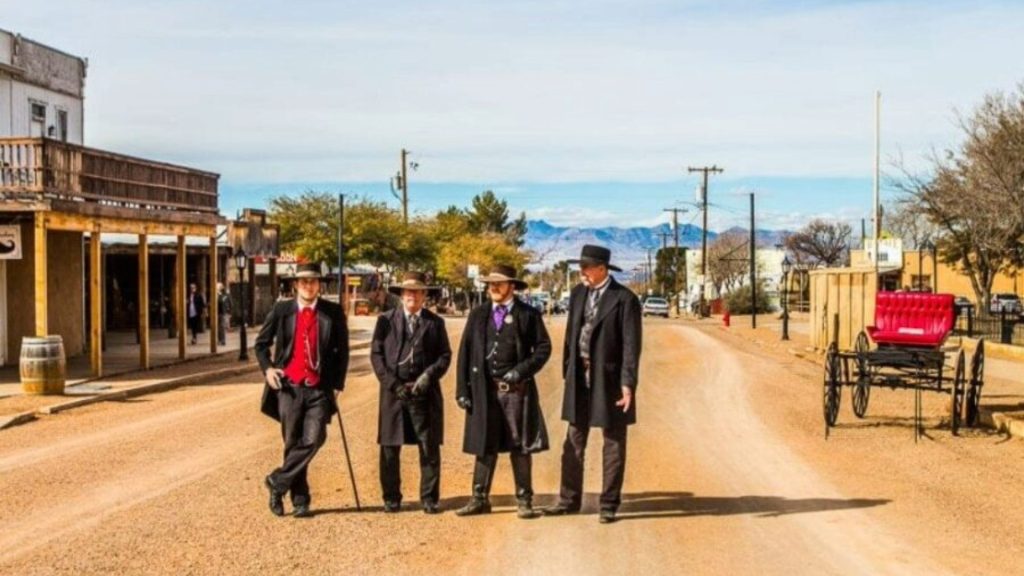
Tombstone’s main street, Allen Street, is now the centerpiece of the old west heritage. There, visitors can visit historic saloons, shops, and museums that showcase the town’s frontier notoriety. Tombstone hosts reenactments and festivals throughout the year that offer an immersive experience for history buffs.
Las Vegas, Nevada, Then
Las Vegas today is synonymous with gambling, drinking, and other types of debauchery so it may surprise you to learn that Sin City was a minor player during the old west era. Las Vegas, established in the mid-1800s, was nothing more than a small, isolated stopover for travelers and a watering hole for people following the Old Spanish Trail into California.
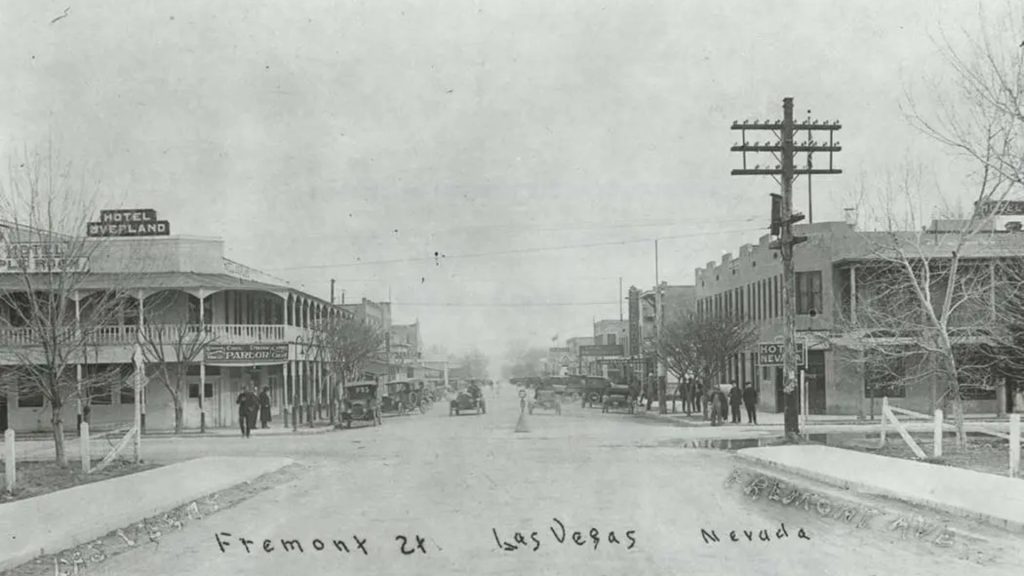
You could say that Las Vegas was a late bloomer. The former outpost was only a footnote during the heyday of the wild west, but in the early 1900s, that all changed. The arrival of the railroad and the construction of the Hoover Dam allowed Vegas to give itself a makeover and emerge in the 1920s as an entertainment destination.
Las Vegas, Nevada, Today
An oasis in the desert, Las Vegas is now the largest city in Nevada with a population of more than 647,000 people. But on any given day, the number of people in the city is more than double that. One of the biggest tourist destinations in the country, Las Vegas boasts numerous luxury resorts, massive hotels, and casinos.
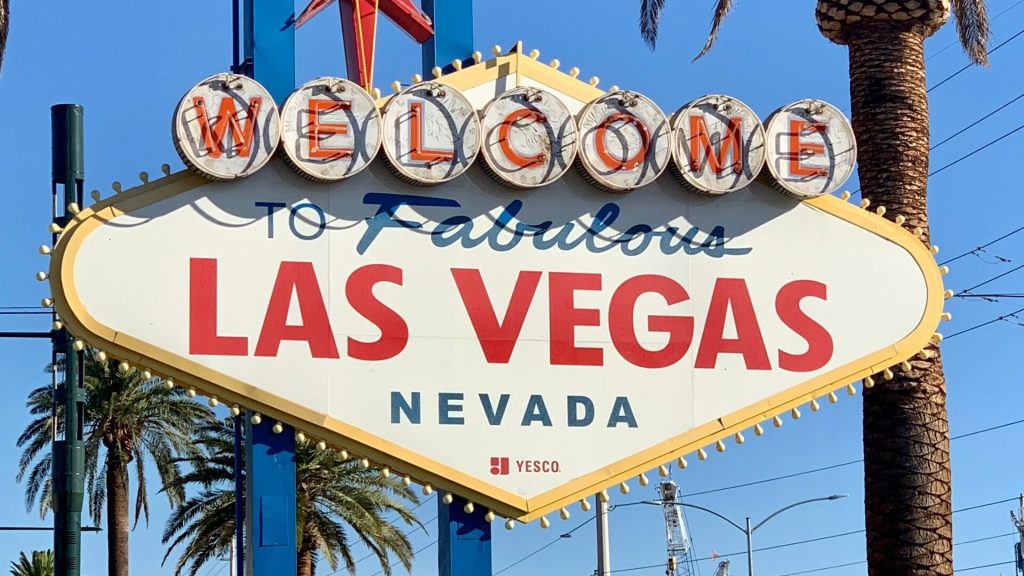
Vegas attracts the uber-rich and people searching for fortune at the gambling tables. Visitors have a whole menu of concerts, shows, and stage performances to choose from, along with some of the best restaurants in the country. Of course, it is the glamor and glitz of the Vegas Strip – and all the neon lights – that bring revelers to the city.



